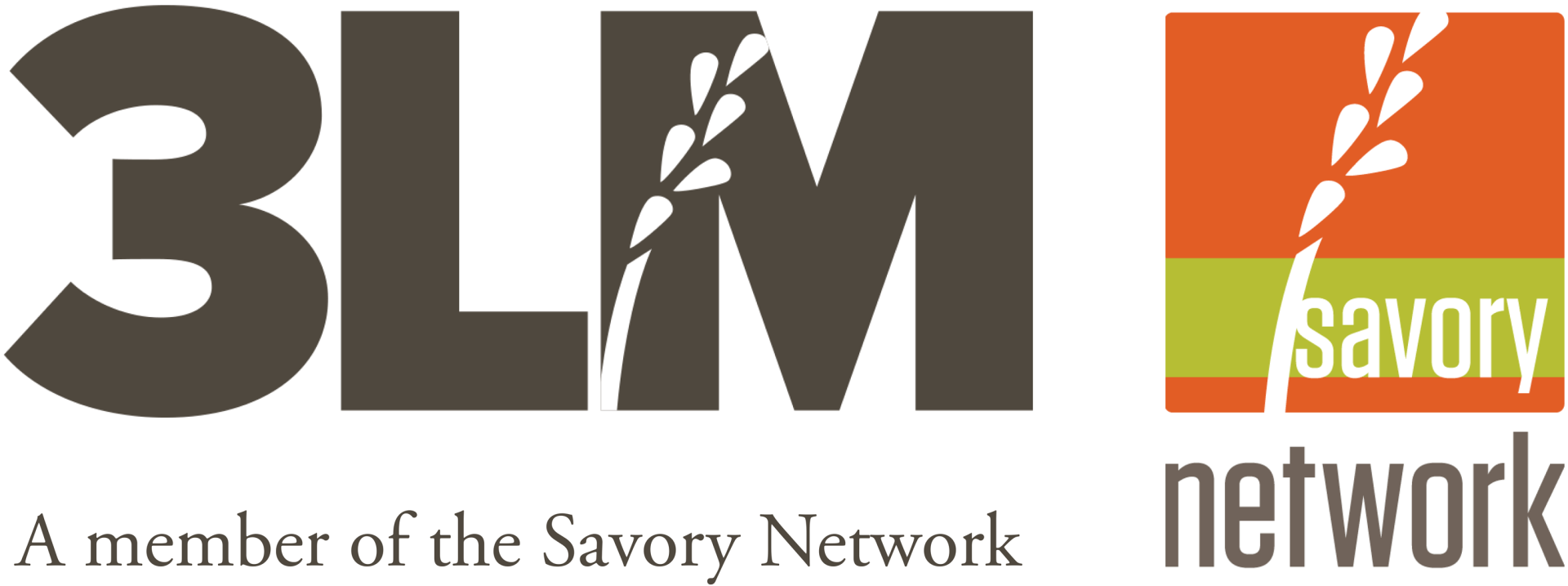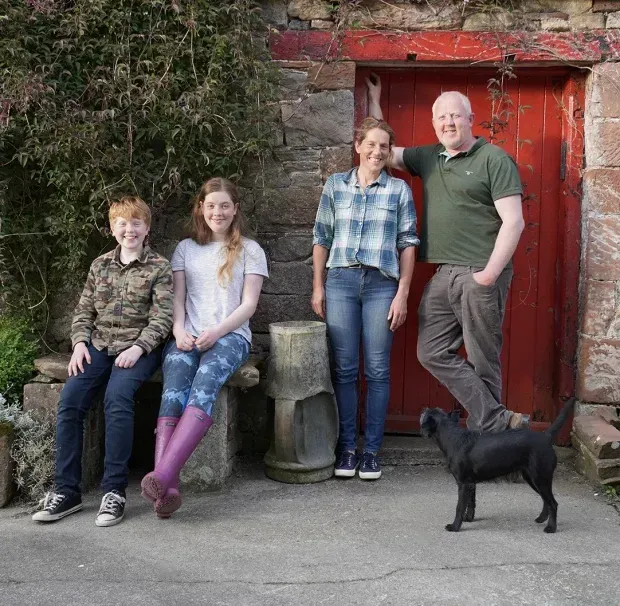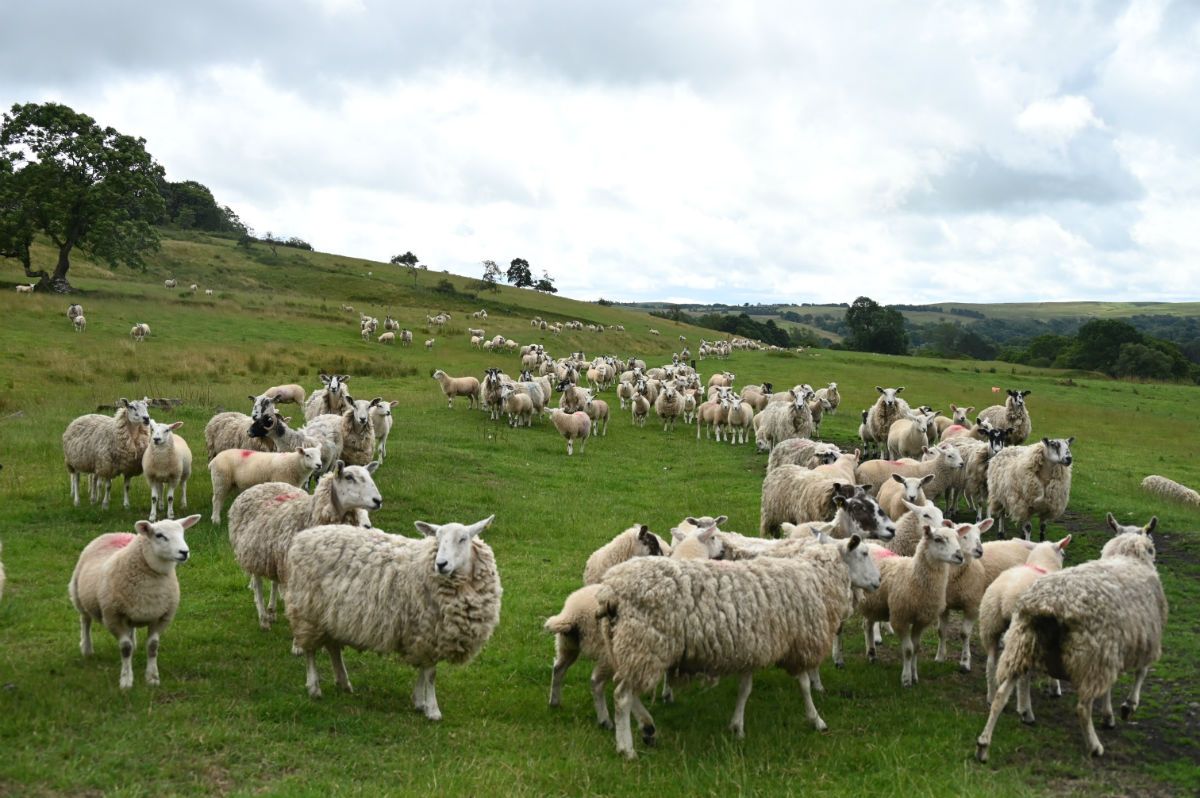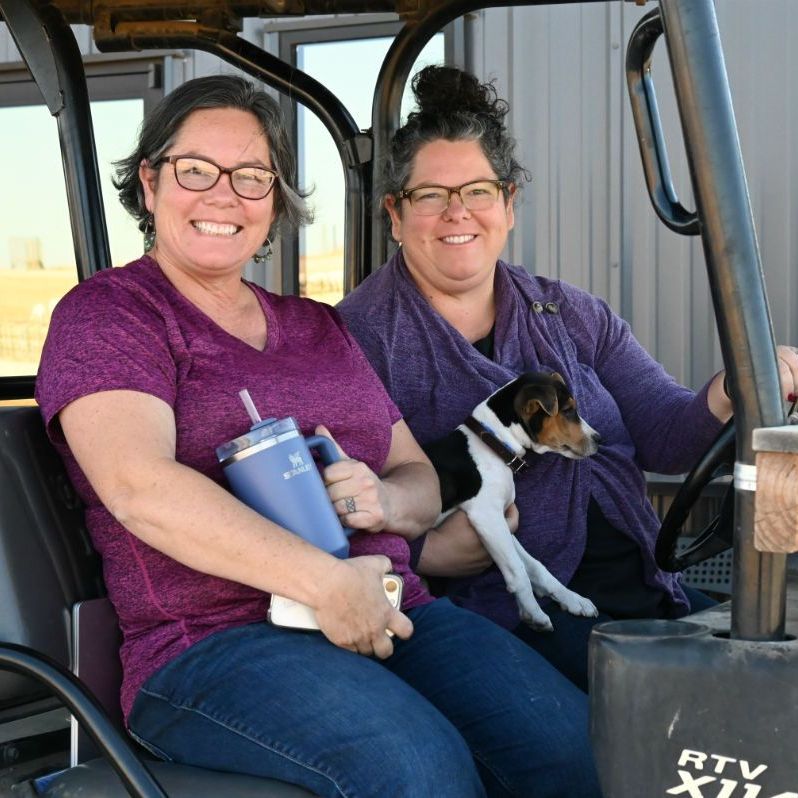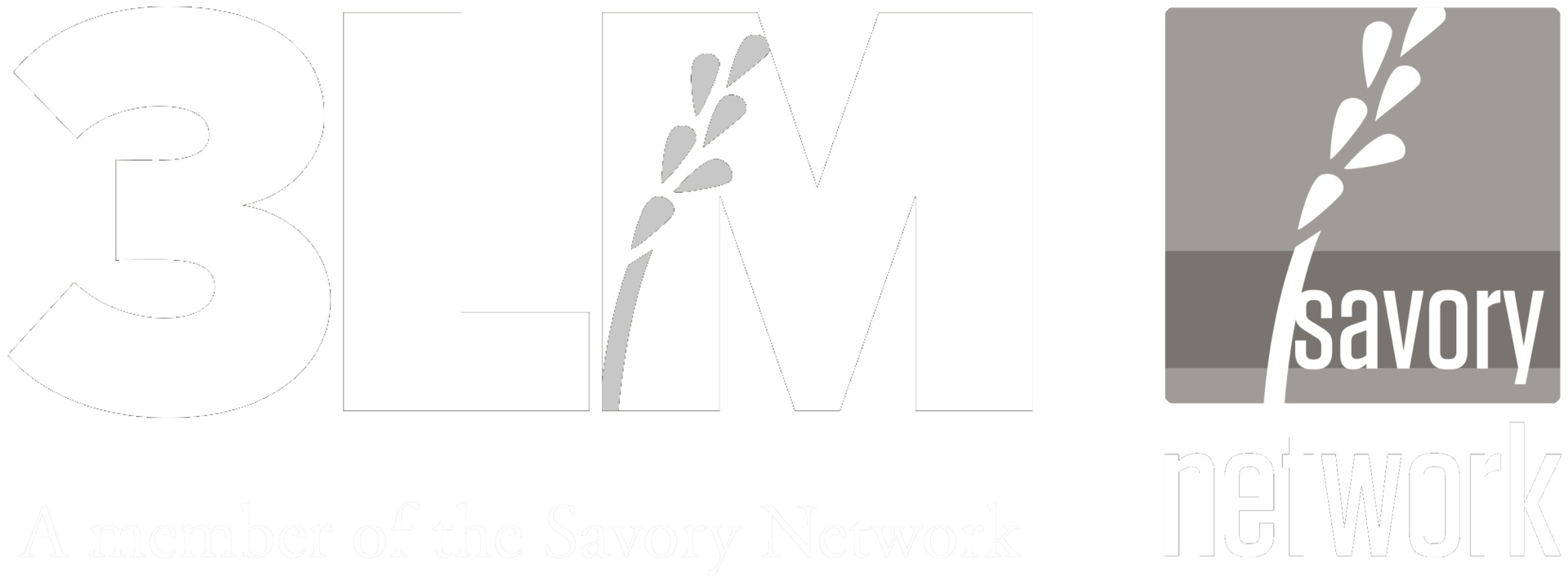Beyond Drought:
How Plant Biodiversity Restores Resilience to Land and Climate

The current drought is breaking 100 year records
Spring 2025 has been exceptionally dry. By mid-May, only 80.6 mm of rainfall had been recorded across the UK, making it the driest Spring in over a century—surpassing the previous record of 100.7 mm set in 1852. In England, rainfall from February to April was the lowest since 1956, with March being the driest since 1961, receiving just 22–25% of the long-term average.
Reservoir levels have declined significantly. National storage is around 84%, down from 90% in April 2022, with some northern regions experiencing their driest start to the year since 1929. During Spring 2022, by contrast, reservoirs were approximately 90% full.
The drought is already affecting agriculture, with farmers reporting early irrigation needs and concerns over crop yields. River flows are at record lows in several areas, including the Derwent, Wye, Wharfe, and Wear. These conditions echo the severe droughts of 1976 and 1995, which had major impacts on farming and water supply.
The current drought aligns with climate projections that foresee an increased frequency and intensity of such events. Warmer temperatures lead to higher evaporation rates, worsening dry conditions. The World Meteorological Organization warns of an 80% chance that global temperatures will break at least one annual heat record between 2025 and 2029, raising the likelihood of extreme weather events like droughts.
Monocultures contribute to a broken Water Cycle
Modern agricultural practices have degraded the land’s natural capacity to function as a living ecosystem. By simplifying diverse plant communities into monocultures, prioritising yield over resilience, and relying on chemical inputs and mechanical disturbance, we’ve stripped soils of their carbon, structure, and biology. Continuous grazing, shallow-rooted grass mixes, and bare fallows leave soils exposed, compacted, and lifeless—transforming them from water-holding sponges into brittle, erosion-prone surfaces. This degradation weakens drought resilience and disrupts the land’s role in regulating local climate—creating the very vulnerabilities we now face.
Bare soil heats up in the sun, facilitating evaporation
In drought conditions, bare, compacted soils with low carbon content are biologically inert and physically hostile to water retention. These pale, grey surfaces reflect sunlight due to high albedo (the fraction of sunlight reflected off a surface), increasing local heating and reducing moisture retention. When rain does arrive, capped surfaces prevent infiltration, leading to runoff, erosion, and nutrient loss. Such soils often support only shallow-rooted species or none at all.
Vegetation and trampled plant litter protect soil from over-heating and drying out
By contrast, a soil covered with decaying plant matter and living, diverse vegetation behaves as a living system. The organic mulch shades the soil, lowers albedo, maintains cooler surface temperatures, and reduces evaporation. High carbon content acts like a sponge, holding moisture and supporting microbial life, which helps maintain soil structure and porosity.
Biodiverse swards are a crucial drought mitigation strategy
Crucially, a diverse sward of deep-rooted perennials, fibrous grasses, legumes, herbs, and annuals creates both vertical and horizontal root scaffolding. Taproots from plants like chicory or plantain penetrate hard pans, drawing up minerals and moisture, while fibrous roots create lateral networks that stabilise the soil. These diverse root systems deposit organic matter at various depths, feeding soil organisms and enhancing structural integrity. By contrast, conventional ryegrass-clover swards tend to form shallow, uniform roots that offer little to deeper soil layers. Moreover, such swards lack staggered life cycles, leading to synchronised periods of biological inactivity. In this way, plant diversity becomes a drought mitigation strategy, actively reshaping soil function, hydrology, and even microclimate.
Plants cool the land through evapotranspiration
Diverse plant communities also drive evapotranspiration—the combined process of evaporation and plant transpiration—helping to cool the land and recycle atmospheric moisture. This contributes to regional humidity and can increase the potential for rainfall, especially when adopted at scale. The “biotic pump” theory suggests that vegetation-rich areas draw moist air inland, amplifying their role in weather formation. Regenerative practices like holistic planned grazing and multispecies agroforestry are thus not just tools for resilience—they are instruments for climate participation.
Resting the land from disturbance is a powerful tool for developing plant biodiversity, particularly in humid climates
In Holistic Management, rest is not neglect—it is intentional. Allowing the land to rest enables biological recovery: microbial populations stabilise, moisture is retained, and dormant seeds—long suppressed by grazing or chemicals—can germinate. These native species begin reweaving biodiversity from the soil up.
Regeneration is an engine of resilience
This complexity enhances the four ecosystem processes—energy flow, water cycle, mineral cycle, and community dynamics. A diverse sward improves water infiltration and retention, reduces runoff, and buffers against drought. Varied plant structures improve nutrient cycling and support soil biology year-round. With greater photosynthetic activity, energy capture rises, fuelling biomass production and carbon sequestration. As biodiversity increases, systems become more stable and adaptive. What begins as rest becomes regeneration—an engine of resilience primed to meet the challenges of climate volatility head-on.
____________________________________________________________________________________
This is a problem that is not going away so this article is the first in a series on drought.
Got a question or a comment? Please contact me and I will pull from our collective knowledge base to answer.
Glen Burrows
Head of Knowledge Exchange
New Foundation Farms


